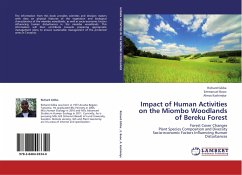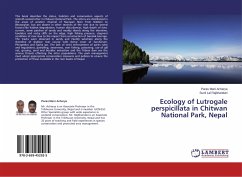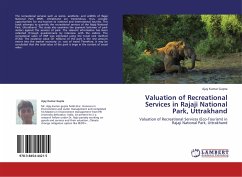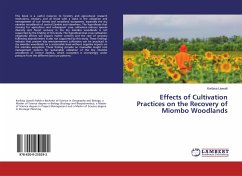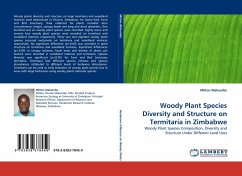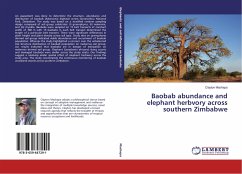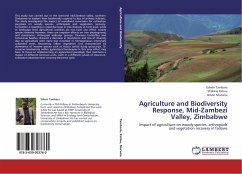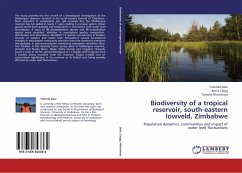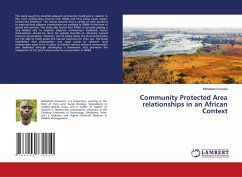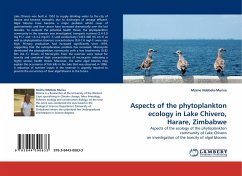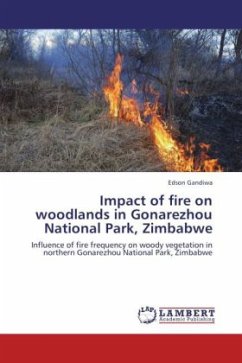
Impact of fire on woodlands in Gonarezhou National Park, Zimbabwe
Influence of fire frequency on woody vegetation in northern Gonarezhou National Park, Zimbabwe
Versandkostenfrei!
Versandfertig in 6-10 Tagen
32,99 €
inkl. MwSt.

PAYBACK Punkte
16 °P sammeln!
This study investigates the influence of fire frequency on woody vegetation in northern Gonarezhou National Park (GNP), Zimbabwe. The study first examines the nature of fire frequency patterns in the GNP, their relationship with rainfall and later, the resultant impacts of fires on woodlands. The break point year in the fire occurrence trends in GNP was 1987. There was a strong positive correlation between number of fires and year (r = 0.79) between 1969 and 1987. In contract, between 1987 and 2005, there was a negative correlation between number of fires and year (r = 0.49). There was a posit...
This study investigates the influence of fire frequency on woody vegetation in northern Gonarezhou National Park (GNP), Zimbabwe. The study first examines the nature of fire frequency patterns in the GNP, their relationship with rainfall and later, the resultant impacts of fires on woodlands. The break point year in the fire occurrence trends in GNP was 1987. There was a strong positive correlation between number of fires and year (r = 0.79) between 1969 and 1987. In contract, between 1987 and 2005, there was a negative correlation between number of fires and year (r = 0.49). There was a positive correlation (r = 0.44) between the percentage area burnt by fires and annual rainfall in GNP between 1969 and 2005. A total of 64 woody plant species were recorded in the two woodlands namely, Combretum apiculatum (44) and Colophospermum mopane (20) from 1,986 individual woody plants sampled. In both the C. apiculatum and mopane woodlands, high species diversities were found in the high fire frequency burn zones. The study results suggest that repeated burning alters woodland structure and composition in savanna areas. Developing adaptable fire management plans is hence paramount.



